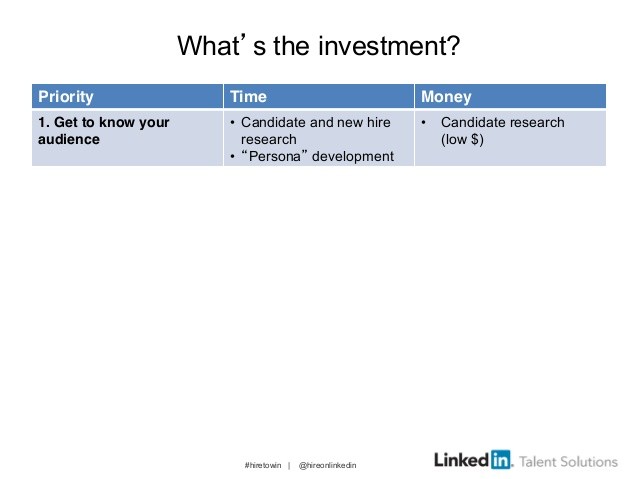Investment Checklist for 2014
Post on: 18 Май, 2015 No Comment

Investors mostly applauded 2013. Broad market strength saw the S&P, Dow, and NASDAQ all near record highs. Several economic indicators are contributing to more optimism in 2014 .
The weak dollar keeps American exports competitive and adds overseas sources of revenue for companies. While the status of fiscal stimulus is uncertain, low interest rates are keeping borrowing costs down. For non-traditional financing, Elliott Broidy and venture capitalists are fueling innovation.
However, bull markets can create portfolio imbalances that increase your investment risk. The equity rally also causes some investors to lose perspective and chase performance.
So, how can you maintain a bullish posture, yet be proactive for market changes?
Here are a few strategies to consider:
Rebalance Your Portfolio
Domestic equities across various indices have soared. Although tech companies have led, more traditional staples have also risen. A portfolio otherwise balanced to your time horizon or risk tolerance may now be skewed.
2014 is an opportunity to review your holdings and determine if certain exposure needs to be scaled back.
To minimize capital gains when taking profits, remember to sell shares with the highest cost basis. This is known as the specific identification method.
You could also harvest losses from low performers to offset cap gains from rebalancing. Up to $3,000 of capital losses can be applied against your ordinary income, while any balance carries forward to future years.
Add Some Negative Correlation
There is a tendency to simply buy mutual funds or stocks with the highest recent returns, particularly during sustained rallies. As a result, many current portfolios will rise and fall in tandem with the market.
Adding small doses of negative correlation helps reduce this risk. Real estate investment trusts (REITs) and international stocks are low cost options.
Hybrid REITs:
Hybrid REITs are publicly traded securities that invest in various types of properties and also lend money. By collecting rents and earning mortgage interest, a hybrid REIT can benefit from separate real estate trends. The two sources of revenue also dampen risk in a volatile asset class.
Income investors will appreciate high monthly or quarterly dividends from REITs, especially with paltry yields in the current market. An international REIT that invests in overseas markets may also be an option. With a weak dollar, your currency adjusted returns will be boosted. Dividend payments from stronger currencies will also be increased when converted to dollars.
For non-income investors, REITs may be well suited for tax deferred accounts, given the high dividend payouts.
International Stocks:
Foreign stocks often move separately from domestic equities. Aside from negative correlation, many promising companies with solid fundamental trade on exchanges across the world.
Passive investors can choose from scores of international mutual funds. Investors should review the portfolios for country exposure and sector weightings. Since buying overseas stocks involves added trading costs, you may consider international index funds with low expense ratios.
Manage your own portfolio? American Depositary Receipts (ADRs) are a convenient means to buy foreign equities. These dollar denominated securities represent ownership of shares in foreign companies. ADRs take the guesswork out of converting currencies and higher transaction costs when buying overseas stocks.
Review Your Costs
2014 is a chance to review your investment costs and economize. Strong performance causes many investors to overlook brokerage fees or mutual fund expense ratios. Smaller investors who do not meet minimums for premium accounts or shares classes are particularly affected by higher fees.
Over the past few years, your account balances may have swelled to meet requirements for more favorable fee structures.
High expense ratios are mostly forgiven during bull markets, but can further affect returns in tougher times. You should review mutual fund expenses to determine if these costs are justified in good and bad market conditions.
Summary
The New Year typically comes with a slew of resolutions. Many of these commitments are related to personal finances .
By having perspective on the investment effects of previous years, you can make informed decisions moving forward.














